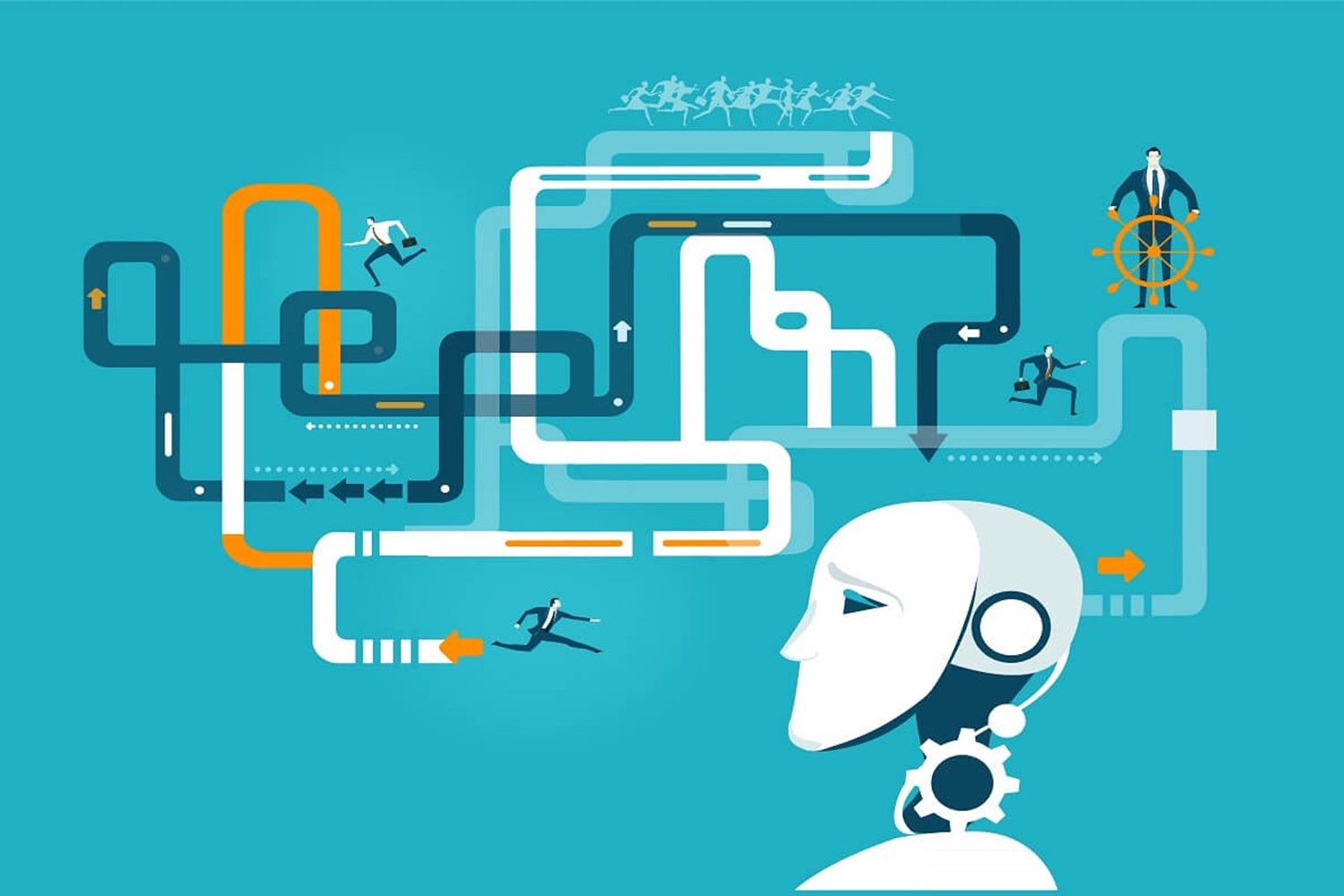
Only 15 percent of companies consider themselves to be mature in their use of RPA, and only 5 percent in AI (PWC 2017). Companies are still far from utilizing the vast opportunities provided by automation. As the capabilities of technology are improving in a rapidly increasing pace, it is vital for companies to adopt them successfully. We examine the challenges involved in the implementation of AI and RPA systems and the important factors that companies need to consider. We then attempt to identify the main challenges of AI implementation and indicate some suggestions for the practice.
Robotic Process Automation (RPA) and Artificial Intelligence (AI) are two closely knit terms that both have had and will continue to have a big impact on accounting and auditing practices. RPA is a technology that automates standardized and rule-based activities using scripts. AI requires good-quality data for the AI to be able to learn what to do. The use of RPA has become widespread in the last 20 years and is a useful tool in all sorts of business administration tasks. This article can serve as a checklist to practitioners when adopting new technologies in their company.
AI and RPA tools may increase the value of each other. For example, AI does not need RPA for creating insights from credit risk modeling, but RPA can be used to action the insights. Data mining uses a combination of statistics, machine learning and AI to discover patterns in large data sets. Natural language generation (NLG) is a technology that generates text or speech from structured information. Chatbots use both NLP and NLG to interpret voice or text and respond with standard predefined answers.
Rpa_auto2